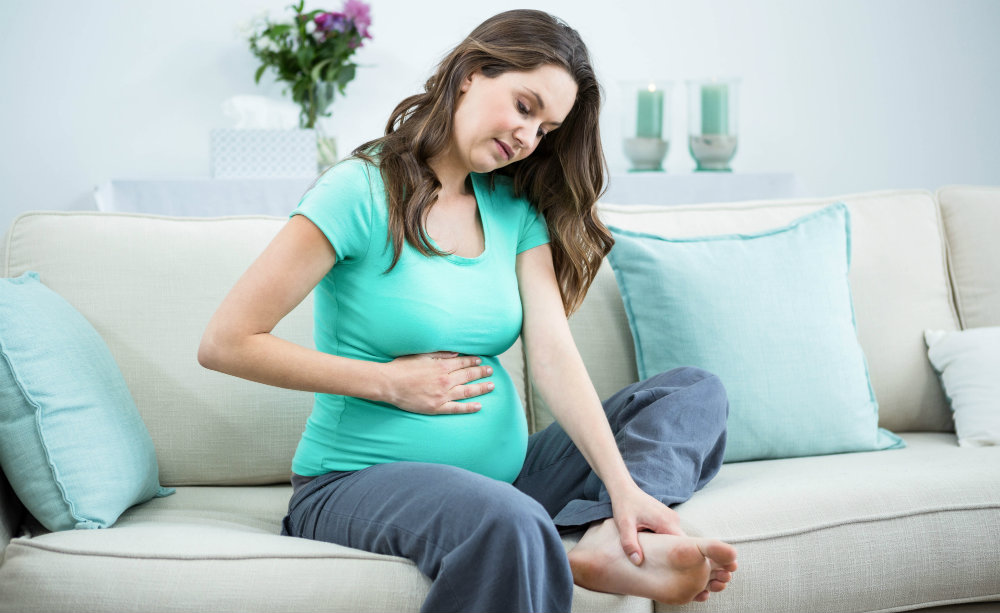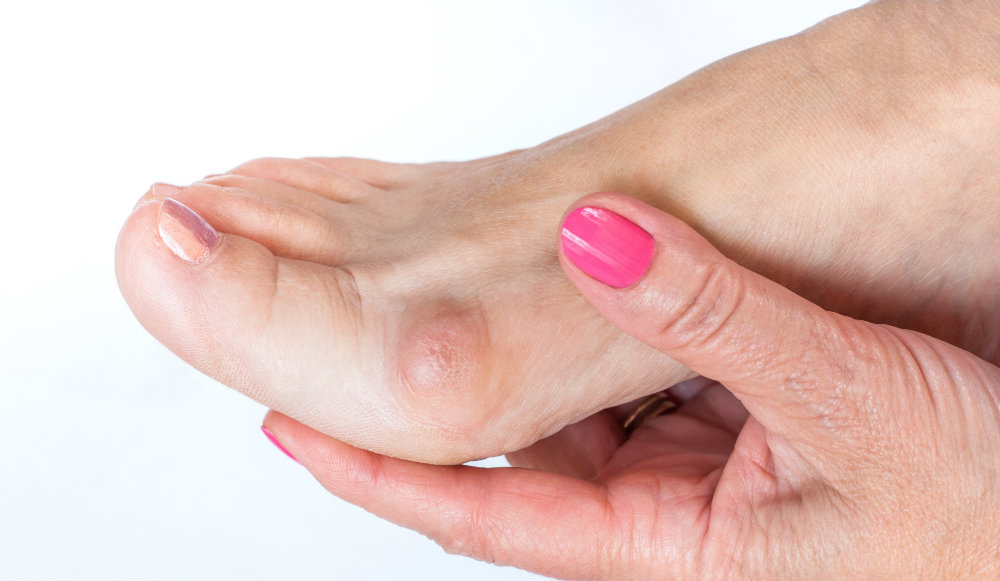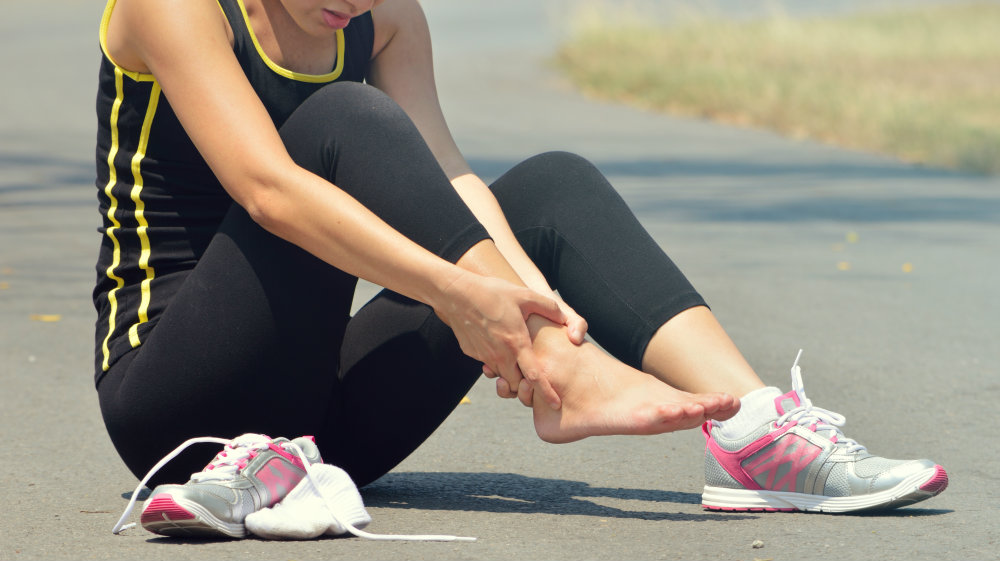Women’s Foot Health
- It’s finally safe to break out summer gear. (Although, we all know fellow Wisconsinites who proudly sport their shorts while shoveling or running the snowblower in the winter…)
- Milwaukee Public Schools students—and teachers—are in the homestretch before summer vacation.
- Fallen military heroes receive the honor they so rightfully deserve on Memorial Day for having given the greatest sacrifice while serving our nation.
- Many people are able to enjoy an extended Memorial Day weekend and receive a well-earned break to celebrate with family and friends.
Of course, we had a holiday a couple of weeks back that is also centered on giving honor to a specific group – our mothers.
This year, Mother’s Day fell on 5/13 and we hope you were able to take the time to do something nice for the woman who are the very reason you even exist (or is the mother to your children). And if you are a mom (or grandmother) yourself, we hope you received the attention and appreciation you deserve!

Now, this holiday gave us the opportunity to consider the countless different “hats” mothers wear. After all, at various times moms are: cooks, chauffeurs, nurses, maids (always a favorite…), nurses, therapists, teachers, accountants, police, judges, and more!
Obviously, not all of those roles are enjoyable. Even if a woman enjoys some of them, the odds of being a fan of every single one is pretty low. But part of being a mom is that you will do what it takes to raise your children and keep them as safe and healthy as you possible can.
That’s not an easy task!
With all of the effort entailed with raising kids, it’s only natural that your feet also have to work very hard. That said, there was a time when your feet had to work even harder – during pregnancy!
Given how much your body went through during the process, you might have forgotten about this, but being pregnant can place a real toll on your feet.
Something else that can take a toll on feet, and affect women’s foot health, is physical activity.
Exercising on a regular basis is simply essential for optimal health and wellbeing. At the same time, physical activity can increase the risk for foot and ankle sports injuries. Fortunately, there are measures you can take to reduce the risk.

Keeping all of that in consideration, here are some conditions and issues we tend to see more often in women’s feet:
- Edema. This is a condition wherein feet and ankles become swollen on account of fluid retention. On account of the swelling, socks and shoes are often too tight – which can be a source of tremendous discomfort (and sometimes even downright painful).
We briefly noted this as a condition that can happen during pregnancy. In this case, contributing factors are excess fluid production by the body (to accommodate for child development and birth) and pressure on veins from the expanding womb. (Veins are the blood vessels that enable blood to flow back to the heart.)
There are other potential causes for edema, but pregnancy is a fairly significant one.
- Overpronation. Edema is not the only foot problem that can develop during pregnancy, and overpronation is an example of a different one for many expectant mothers.
In this instance, there are usually two significant factors at play. The first is production of a hormone known as relaxin. This particular hormone is produced by the body and it serves to relax soft tissues in preparation for childbirth. Sometimes, relaxin can soften tissues that support the foot arches.
The second significant factor for overpronation is simply the weight gain during pregnancy. As can be expected, this places additional pressure on feet – to the point that foot arches may even collapse into a flat-footed condition.
Flatfoot is a primary reason for overpronation. This biomechanically abnormality is one wherein the landing foot rotates excessively during the ground portion of a step. A certain degree of rotation (pronation) is normal and too be expected. Too much, though, can lead to foot, ankle, knee, hip, and/or back pain. We may be able to provide you with arch supports or other orthotics devices to restore a more natural pronation pattern.
- Bunions and bunionettes. These are toe deformities where either the first toe (in the case of a bunion) or small toe (in the case of bunionette) starts angling inward. As an affected toe continues to angle farther inward, it forces the joint found at the base of the toe—the metatarsophalangeal (MTP) joint—to protrude out to the respective edge of the foot. (So the inner edge for bunions and outer for bunionettes.)

Bunions are frequently thought to be caused by high-heeled shoes. Women’s footwear can play a certain role in the condition, but it’s not entirely accurate to say they cause the toe deformity. That said, wearing pumps or stilettos on a regular basis can certainly cause a bunion to continue becoming more severe over time.
Now, the reason for this fairly common misconception can be at least partly attributed to the fact women are considerably more likely to develop bunions than are men.
Additionally, some people believe this to be true on account of how these shoes are structured. They obviously feature higher heels, and this places additional pressure on the forefoot – where MTP joints are found. More than that, stylish women’s footwear often have pointy, narrow fronts. Toes jammed together in the front create a situation wherein the big toe is angled inward.
- Other toe deformities. Bunions aren’t the only toe deformities more commonly seen in women than men. Females are also more likely to develop hammertoes, along with the related claw and mallet toe conditions. Whereas bunions (and bunionettes) are caused by drifting along a horizontal plane, these particular toe issues entail abnormal curling on a vertical basis.
The difference between these related conditions is where the abnormal bends happen. For hammertoes, there is a downward bend at the middle joint, so the toe bears some resemblance to a hammer. With a mallet toe, there is a pronounced downward bend at the joint closest to the tip of the toe, thereby making it look more like a mallet than a hammer. In the case of claw toe, there is a distinct upward bend at the MTP joint, accompanied with downward bends at both of the other two toe joints (which creates a claw-like appearance).
The main contributing factor for these similar conditions is an imbalance in strength between tendons and muscles found on the tops and bottoms of affected toes.
- Sports Injuries. Feet and ankles play a major role in many physical activities, including those used for sport and/or exercise. This means there is ample opportunity for foot and ankle sports injuries to develop.
Generally speaking, these injuries fall into either of two categories – acute or chronic.

Acute sports injuries most often happen in a single, isolated incident. An example of this would be an ankle sprain sustained during a soccer or softball game. Conversely, chronic injuries are more likely to be the result of overuse. These can be injuries like plantar fasciitis, Achilles tendinitis, and stress fractures.
If you participate in a rec sports league or exercise on a regular basis and are experiencing pain, discomfort, or lack of function in a foot or ankle, don’t try to push through it! Instead, come see us for professional diagnosis and treatment.
- Neuromas. Earlier we took high-heeled shoes off the hook for causing bunions (but not for contributing to their progression!). In the case of neuromas, we can more definitively say that fashionable footwear could be to blame.
Neuromas are nerve injuries and can cause painful symptoms. They can develop when feet are crammed into shoes that are too tight. When that happens, internal structures—and specifically bones in the feet—can be forced together, thereby pinching or compressing a nerve.
When it comes to caring for these various common issues, the best course of action is to contact our Milwaukee County podiatrist office and request an appointment.
Remember, foot pain is not normal. Pain is always an indication of a problem, and the problem will typically continue to become worse until it is addressed. It’s always easiest for you to have injuries and conditions treated at the earliest opportunity, so don’t hesitate to contact us if you need medical care and attention.
Connect with Wisconsin Foot Center today by either calling (414) 425-8400 or using our online form to contact our office right now!
Request an Appointment
© Wisconsin Foot Center. All Rights Reserved. Website & Marketing By Podiatry Growth

